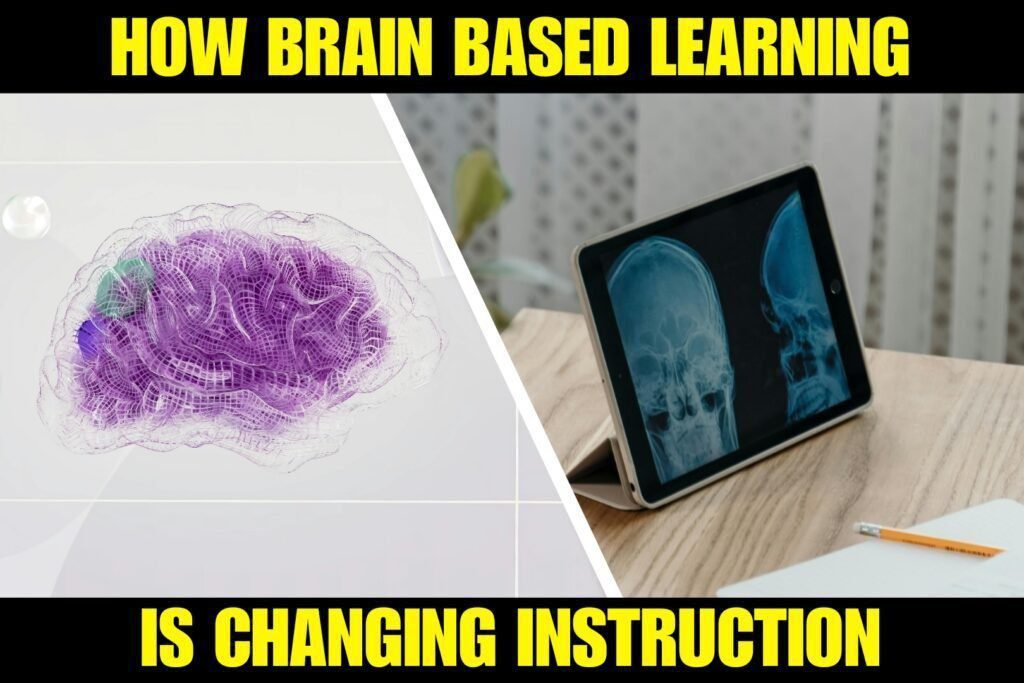introduction
One of the most important developments in higher education recently has been the move to remote learning. Driven by world events, this change keeps developing and shapes how students interact with their studies and how universities provide instruction. Understanding the effects of remote learning will be essential for teachers as well as students if we are to adjust successfully into 2024. The most recent trends, analysis, and useful ramifications of remote learning in university education are investigated in this paper.
trends in remote learning for 2024
Trend 1: Enhanced Application of Hybrid Learning Models
Combining online and in-person instruction, hybrid learning—which is now a mainstay of modern education—has evolved.
** Important Points:**
Courses including both physical and virtual elements that allow for flexible learning environments are known as blended classrooms
Because of their adaptability and simplicity, hybrid models are in more demand by students.
Universities are creating hybrid courses to serve a variety of student needs and improve learning results.
** ramifications for students:**
Flexibility: Leverage adaptable timetables and access to resources both on-campus and virtually.
Engage actively in both online and in-person components to maximize learning.
Trend 2: Development of Platforms for Online Learning
Online learning environments are developing to provide more interactive and interesting instructional opportunities.
Important Points:
Platforms including Canvas, Blackboard, and Moodle are adding virtual labs, interactive simulations, and group projects among other things.
Personalized learning paths and better user interfaces help to increase student involvement.
Multimedia materials—such as videos, podcasts, and interactive quizzes—have more and more importance.
** Effects for Students:**
Explore Platforms: Learn about the features of several online learning environments.
Make Use of Tools: Enhance your educational process by means of interactive and multimedia resources.
Trend 3: More Attention on Student Interaction and Engagement
Remote learning cannot be successful without active student involvement.
Key Points:
Using discussion forums, group projects, and live sessions helps to promote involvement in interactive learning.
Frequent assessments and comments help to monitor development and handle obstacles.
- Community Building: Projects aiming at establishing student support systems and virtual communities.
Students Implications
To keep in touch with your peers and teachers, engage actively in conversations, group projects, and live sessions.
Review comments often and use them to help you to perform better.
Trend 4: Improved Accessibility and Flexibility
For a student population of diversity, remote learning has made education more flexible and accessible.
** salient Key Points:**
Global Reach: chances for students to access courses and programs offered by colleges all around the world.
Flexible scheduling allows one to balance obligations to personal and professional life.
Improved online support systems including career counseling and academic advice.
P ramifications for students:
Take Advantage: Look at educational possibilities fit for your schedule and requirements.
To improve your academic experience, use support by visiting internet resources.
Trend 5: Interplay of Emerging Technologies
Remote learning is being transformed in major part by emerging technologies.
Key Points:
Improving immersive learning opportunities and simulations with Virtual Reality (VR) and Augmented Reality (AR
Intelligent tutoring systems and tailored learning experiences constitute Artificial Intelligence.
Blockchain technologies help to secure academic records and credentials.
Students Implications
Stay current with technology developments and how they affect your education.
Embrace Innovation: Use new technologies to improve your education and skill development.
–/-
Effect of Distance Learning on University Instruction
advantages and possibilities
Remote learning gives more flexibility so students may juggle their academics with other obligations. It also offers access to a greater spectrum of courses and initiatives offered by universities all around.
For many students, lower housing, transportation, and physical material expenses help to make education more reasonably priced.
Advanced technologies and platforms allow for tailored experiences in personal learning, therefore meeting individual needs and preferences.
** Possibilities for Constant Learning:** Remote learning lets people upskill or reskill all through their professions, therefore supporting professional development and ongoing education.
** Difficulties & Issues**
** Motivation and Engagement** Keeping students involved and driven in a remote learning setting can be difficult. To build a dynamic and encouraging learning community, teachers and students must both be proactive.
Technology Availability Different students have different access to the required technology and internet connectivity, which can affect their capacity to engage in remote learning efficiently.
Quality Verification: Maintaining academic standards and ensuring the quality of distance learning depends critically on each other. Institutions have to always evaluate and enhance their remote learning programs.
** Isolating and mental health:** Remote learning affects mental health and could cause loneliness. Universities have to give enough tools and support to handle these problems.
Expert Insights
Notes from Teachers and Technology Experts
Educational Technology Expert Dr. Lisa Roberts:**
“Remote learning has shown to be a useful instrument for increasing educational access. To solve the issues of involvement and technological access, nevertheless, it calls for constant creativity and assistance. In their remote learning plans, institutions have to give student experience and inclusiveness first priority.
Mark Johnson, University Professor:
“Hybrid models most certainly will continue to be a major trend in education. Finding the ideal balance between online and in-person contacts can help one enhance learning results and student satisfaction.”
—->
** Useful Guideline for Teachers and Students**
Learning to Live in a Remote Learning Context
For Students:
Establish a regular study plan and a specific workstation to keep organized and concentrated.
To keep in touch with your peers and teachers, engage actively by joining in online conversations, group projects, and live sessions.
Make advantage of online resources including tutoring programs, libraries, and academic publications.
For Teachers:
Use interactive tools and strategies to involve kids and strengthen community building.
To help student learning, offer virtual office hours, consistent comments, and more resources.
Constant evaluation of remote learning techniques and adaptation to meet changing needs help to improve student outcomes.
Improving learning and Instruction
For Learners:
Explore technology to become familiar with digital tools and platforms meant to improve your educational process.
Actively seek and apply comments to advance your performance and knowledge.
Regarding educators:
Incorporate fresh technologies and instructional strategies to maintain the interesting and efficient learning process.
Address student well-being by means of tools and support for mental health and stress management.
— —
extra Resources
** Tools and Platforms for Distance Learning**
For course management and content delivery, Learning Management Systems (LMS) Canvas, blackboard, moodle.
For virtual meetings and group projects, Zoom, Microsoft Teams, and Slack are among the collaboration tools.
Coursera, Khan Academy, edX for further learning and skill development are Educational Apps.
** suggested reading**
Books: “Remote Teaching and Learning” by B. Smith; “The Online Learning Survival Guide” by Judith V. Boettcher and Rita-Marie Conrad
From The Chronicle of Higher Education, “The Future of Remote Learning: Trends and Predicts” and from Inside Higher Ed, “Adapting to Remote Learning”.
—
questions
Remote learning offers mostly what benefits?
Flexibility, accessibility, and cost effectiveness abound in remote learning. It lets students access a wider spectrum of educational possibilities and manage their studies with other obligations.
In a distant learning setting, how can I keep inspired?
Establish defined objectives, design a disciplined study schedule, and participate actively in group projects and internet forums. Keeping a committed workstation will also enable you to remain concentrated.
Should technical problems arise during remote learning, what should I do?
For help with technological problems, contact the IT support for your university. Make sure you have consistent internet access and become familiar with typical problem troubleshooting techniques.
**How many teachers raise remote learning student participation?
Use interactive tools and approaches include group projects, discussion forums, and live sessions. Give frequent comments and design chances for student interaction to improve involvement.
How can one successfully juggle distance schooling with other obligations?
Create a regular study calendar, set priorities, and apply time management strategies to help you balance your obligations to personal and professional life.
Conclusion
Remote learning presents both possibilities and difficulties that have drastically changed university education. Understanding the trends and adjusting to new learning approaches will be crucial for teachers and students both as we enter 2024. Universities may design inclusive and successful learning environments by adopting hybrid learning, integrating technology, and stressing student involvement. In turn, students can proactively negotiate distant learning and future-proof their education.
Maintaining knowledge about the newest trends and always looking for ways to improve the learning process will enable you to maximize your remote education path. Remote learning may be a very effective tool for both corporate and academic achievement with the correct strategy.




